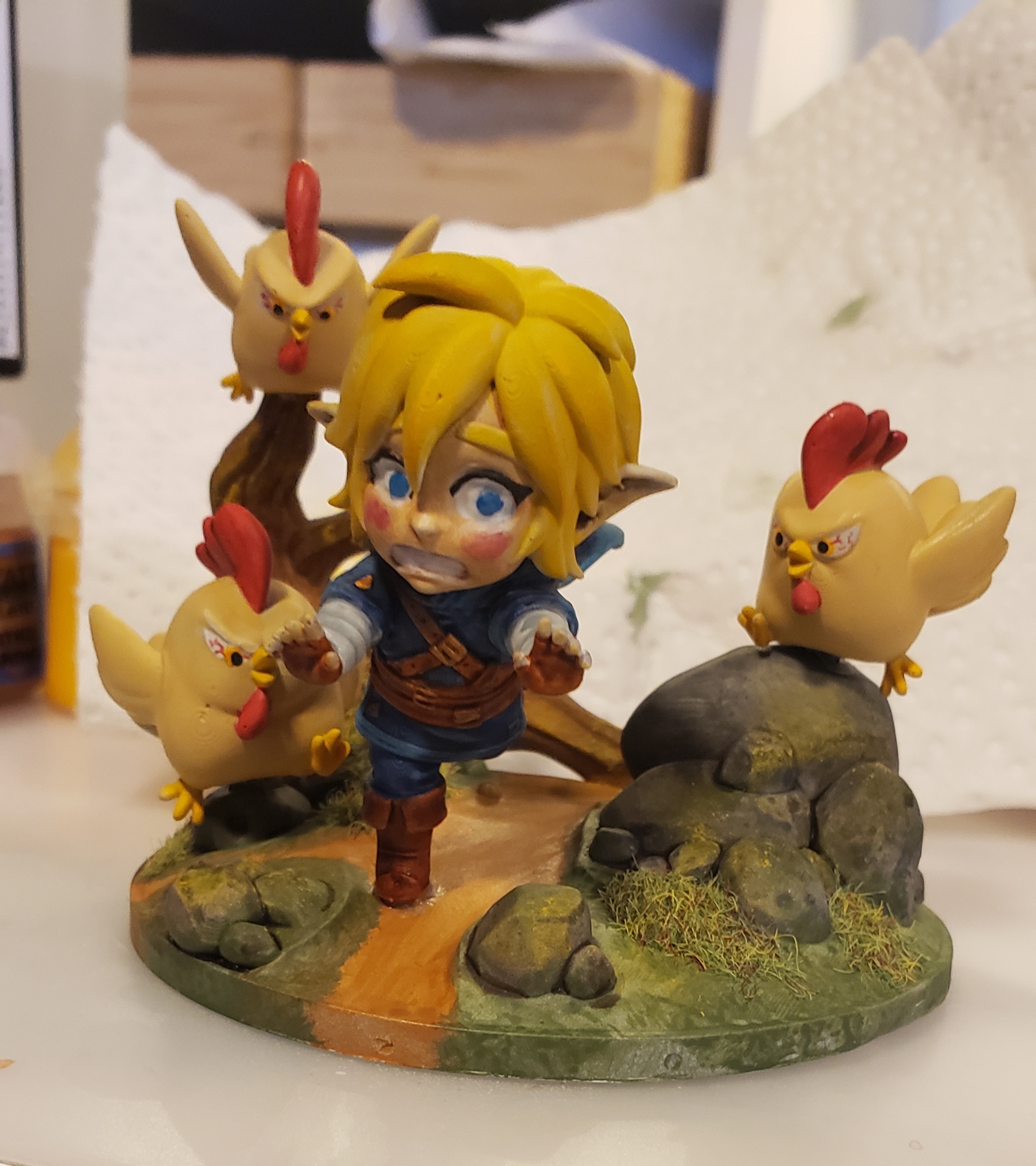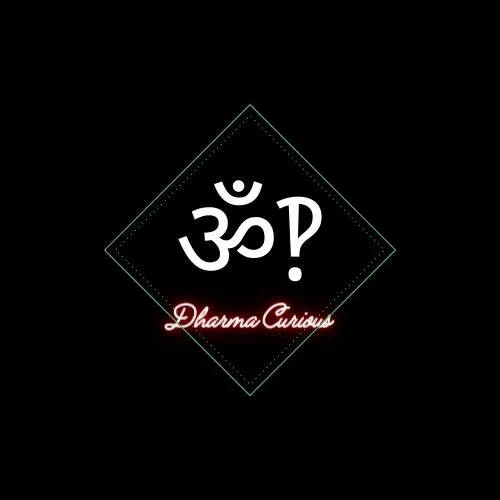This toaster:

Might as well link the Technology Connections video already.
Yes, it’s an 18 minutes video on a 1950s toaster, you can thank me later.
It’s Technology Connections.
It’s always worth it. Because
✨ E N G I N E E R I N G
W I T H S A S S ✨
His video on the wok induction heater had so much sass
“What was once an impossibility is now a reality”
I’m not even that interested in kitchenware (mostly) and I still enjoyed that video! Just goes to show how great he is. Hehe.
Same person made me appreciate my can opener
We had one of these. It was terrible. Spring force was super weak and slow and there was no lever to manually lift the toast if it got stuck.
The popping sound is a feature, not a bug. How else can you tell if your toast is ready when you’re doing something else when getting ready in the morning?
I bought one of these toasters because of this video
I love mine, it’s so gentle and civilized.
I wish they made a modern version with the adjustable slice width thing, it’d be perfect.
Scissors. Their value is noticed most when you cannot find them.
You can always use a knife instead.
Yeah, but in most cases it’s far, far harder.
But not as precise.
Vaccines.
They just taste so damn good
In concept perhaps, but idk if I would consider vaccines actually low tech, especially mRNA
I mean, the original style of “Here, we kicked this virus’s ass for you, now you know it’s weaknesses” is pretty low-tech.
“Low technology.”
I think of “low tech” as something that you could with some materials and knowledge do yourself out of a garage.
I would not take an improvised vaccine made in someone’s garage. Not until we were in real fucked up post-apocalyptic scenarios.
That’s hardly low tech, especially not the newer ones.
Ugh, just got vaxxed and I’m on day two of recovery.
Knives.
About as low tech as it gets, even for modern knives that are pretty high tech in how they’re made.
But it’s entirely possible for a person to make a knife with nothing but tools they can make by hand, with no need for anything other than rocks as tools. I’ve done it, and it isn’t like I’m some kind of super genius.
You can make slightly more high tech tools if you want, and make metal knives. The caveat to that is that you have to know how to identify sources for the metal in the first place, unlike stone tools where you can figure it out by banging rocks together until you find some that make sharp edges. But making an oven that can turn out low-grade materials is realistic for a single person to do.
But a knife, in its essence is just an inclined plane done to a very fine degree. Doesn’t get any more low tech than that. Mind you, there’s plenty of complexity involved in all of the basic machines like inclined planes, but that’s more about understanding them than using them or making them.
Knives are mankind’s most important tool. They were among our first tools, and it can be argued that they were our first manufactured tools. And we still use them regularly. Some of us use them every day, multiple times a day.
That’s a lasting technology in every degree of refinement.
Honestly, kind of mind blowing even thinking of them as a technology, they’re so ubiquitous. I use a knife a minimum of 10 times a day, and that’s just in the kitchen, not including opening mail, packages, small medical stuff, and a ton more uses. Holy shit, where would we be without those inclined edges?
Awesome comment to read at 430 in the morning. Thank you
Also knives and woodworking. Blades are what made the great Japanese temples. Lots of sharp steel and a dream. It is amazing what Japanese blacksmiths can do with steel, and the excellent performance they can achieve with them.
You know what always weirds me out:
The knife is a technology. It was invented by a person. And that person was not the same species as us. The knife has been around longer than Homo Sapiens.
I’ve commented on this before, but it reminds me of the mortise and tenon joint. The oldest intact wooden structure on Earth is held together with mortise and tenon joints. The man who built it never wrote his name down, because writing hadn’t been invented yet. He never rode a horse, because animal husbandry hadn’t been invented yet. He used stone tools, because copper smelting hadn’t been invented yet. In the present day, Festool sells a tool to make mortises called the Domino which they still hold a patent on. We’re still actively developing this technology which has been with us slightly longer than civilization has.
Smelting metal (as opposed to just heating already refined metal) is a non-average skillset, though, and knapping is quite hard to master.
Bicycle
Books
Rope or really any cordage. Can’t begin to tell you how handy learning 7-10ish knots has come, plus lashings
I was always terrible with knots growing up. My father spent far too much time trying to teach me a basic trucker’s hitch and sadly never got to see me really “get it”. Then, when my own son was in Cub Scouts and supposed to learn some basic knots, something just clicked in my mind and I took an interest. The bowline was the gateway knot for me and learning that led me to finally apply myself to the trucker’s hitch. Just such a useful pair for tying up a load. I can understand why my father really wanted me to learn it.
Now, I keep a length of paracord on my desk and will fiddle with it, practicing knots whenever I’m doing something that leaves my hands free. And ya, having a basic set of knots down is just damned handy.
Thats a great story it’s amazing how sometimes things just resurface and click after years. I’m genuinely happy that I’m not the only one that fiddles around with paracord. I get a lot of looks from family because of it, haha. Think it was either the sheet bend or square knot that got me into this.
Best site to learn them: https://www.animatedknots.com
I’m curious just because I never use ropes or knots - what kind of work or activity do you do where you use that regularly?
I’m not them but tying loads/things down during fierce winds, temp gardening structures, carrying stuff (weaving nets is useful knowledge), lifting stuff/holding suspended.
Idk even stuff like if crossing a stream it’s handy to have one person go first and make a temp hand rail by hanging a rope across so people slip less.
INDOOR PLUMBING
I live in an apartment complex. The thought of having to share an outhouse (more than 1 if lucky) with hundreds of strangers TERRIFIES ME. And/or use chamberpots. FUCK NO
A BLESSED ETERNAL AFTERLIFE OF BLISS FOR ALL HUMANS WHO CONTRIBUTED TO INDOOR PLUMBING SCIENCE 😩
See, in the past we solved that by just not having cities the same way, and no buildings taller than maybe 6 floors. And the smallish cities there were were so disease ridden the population self-limited.
Rice cookers. It’s super low tech but works great to cook perfect rice.
I can do that with a pot just fine;)
That is not very Asian of you to write.
I’m not very asian.
Yeah but then you have to watch it and think about it versus I press a button and it comes out perfect every time lol
I suppose this discussion has been had countless times. Also the arguments stay the same. It’s not really that much more work and I’m standing next to it while I cook anyway. Also I have limited space so that’s more pressing…
Key word “that much more”. It is therefore indeed “more” work, and it’s my, and many other people’s, reason for getting one. I also suppose many discussions we’ve both had in our comment history were also had by other people lol
I think it ends up being the same amount of work for me. Rinse rice (optional), figure out correct amount of water for that type of rice, place on heat until done. Rice cookers can effectively detect that there’s no more liquid water, but that isn’t the same as “done” unless you used the right amount of water.
IMO, rice cookers are really handy if you are the type of person who eats rice as a staple food item that you buy in giant sacks and eat the same variety of every day. I have like 6 kinds of rice I rotate through, so I think it wouldn’t save me enough work to justify a separate gadget.
I’ve never used one of the really fancy pressure cooker rice cookers, though, so maybe my feelings would be different.
Ah, yeah, that’s probably it. I eat patna rice pretty much exclusively, and multiple times a week lol. Some rice types (especially whole-grain, brown or wild rice varieties) have different water ratios and indeed kind of defeats the whole set-and-forget thing.
I cook rice in a pot if I’m making a small amount and flavoring it (lemon zest and lemon mmmmmm) but otherwise I’m bustin out that Zojirusji. Basmati rice is almost impossible to make perfect in a pot, but rice cooker does it perfectly every time.
I bet you drain your rice
No. But I am capable of measuring volumes and adapt if needed.
Praise Zojirushi!
I dont know about you, but our rice cooker seems quite high tech. It can even talk!
Do vinyl records count? I really like that they make beautiful noise from a simple electromechanical process.

There are some records which are “threaded” backwards, in that you start at the center and work out rather than start at the edge and work in. This is not standard, automatic turntables might not be able to handle this, but the reason they do this is because of the effect above. You can get greater dynamic range near the outside of the disc, and you probably want greater dynamic range near the end of the recording as the music reaches a climax. Consider Ravel’s Bolero, which is one long crescendo.
Manual can openers are better than electric can openers
Especially the kind that uncrimps the can instead of cuts it.
A fountain pen is just a controlled leak
I use a Kaweco Sport as my daily driver.
Bonus: Nobody ever “borrows” it at work because it confuses and terrifies them.
Sharpening stones.
you need an edge so many times in your life. When you’re using scissors, slicing veggies, pruning trees, harvesting mushrooms, posting online, mowing grass, carving wood, cutting roots, trimming nails, scraping stoves/ovens, shaving, digging, trimming, pealing whatever.
There are so many dumb fancy arse awful tools that butcher edges and work in one specific case. No! For millenia people have been grinding edges, it is not difficult to learn it just takes practice.
Modern manufacturing means we can enjoy extremely consistent stones in well characterised grades. Go use some, and enjoy how much less effort life requires when everything that cuts, cuts easily.
On that topic, if you are in a squeeze and don’t have a sharpening stone in the kitchen, you can use the bottom rim of a ceramic mug to sharpen a kitchen knife
So what should I look for when buying a sharpening stone? I was planning to buy one to sharpen the knives we have at home, but not sure what I should get and where to get one for a decent price.
you usually work up grits. In general for edges that should end shaving sharp (e.g. kitchen, whirling) below 1k is rough work, profiling work, 1k or so is basic small chip repair etc, 3k is standard sharpen, and higher is polishing wank. You get what you pay for in general: cheap stones need soaking, the wear out fast (needing truing). Shapton makes some great splash and go stones.
However, there is one cheap 2 sided diamond stone that is actually quality. The sharpal one. Be aware diamond cuts extremely fast (good and bad), it doesn’t need truing or soaking. I recommend if you’re getting one stone get that. Learn proper bur minimisation technique and that’ll cover chip repair and get your knives sharp enough to cut seethrough sheets of tomato.
If you feel fancy add 1 micron stropping compound and a sheet of balsa wood to strop on.
Is it possible to sharpen with a higher grit. Like 4k/6k if my knife is quite dull and has some chips? A colleague lend me his stone, but it seems very fine, so either my technique is bad, or it’s too fine to sharpen my knife.
There is no magic to it. You can sharpen a knife with a brick if you’re careful.
The result and rate are determined by a few things:
- Harder, more jagged grits will cut the steel of the knife away faster
- The final edge can’t be (much) smoother than the grit used on it last.
It’s just like sanding wood or filing your nails. Usually we start course because it would take ages to wear in the approximate shape using finer materials, then we go progressively finer to smooth out the scratches left by the step prior.
Finer media is typically more expensive too, as fine stuff contaminating course stuff isn’t a huge issue but the opposite isn’t true. So we want to not blow our budget wearing away all nice stones.
Personally I would not try removing chips with anything finer than 1k, and depending on the size and the hardness of the steel might drop to 300 or so. you can, but it will take hours instead of minutes.
S-trap / P-trap (Eg in sinks and toilets)
And zip ties 👍
Pretty much anything with an interplay of water and air pressure fascinates me. Someone else mentioned siphons. I’ll mention diving bells and bongs.
Perculator coffee!
The moka pot
+1 Moka pot
My not-vented s traps are not impressive
Waterwheels. Thousands of years old but still an essential part of our energy system.



















